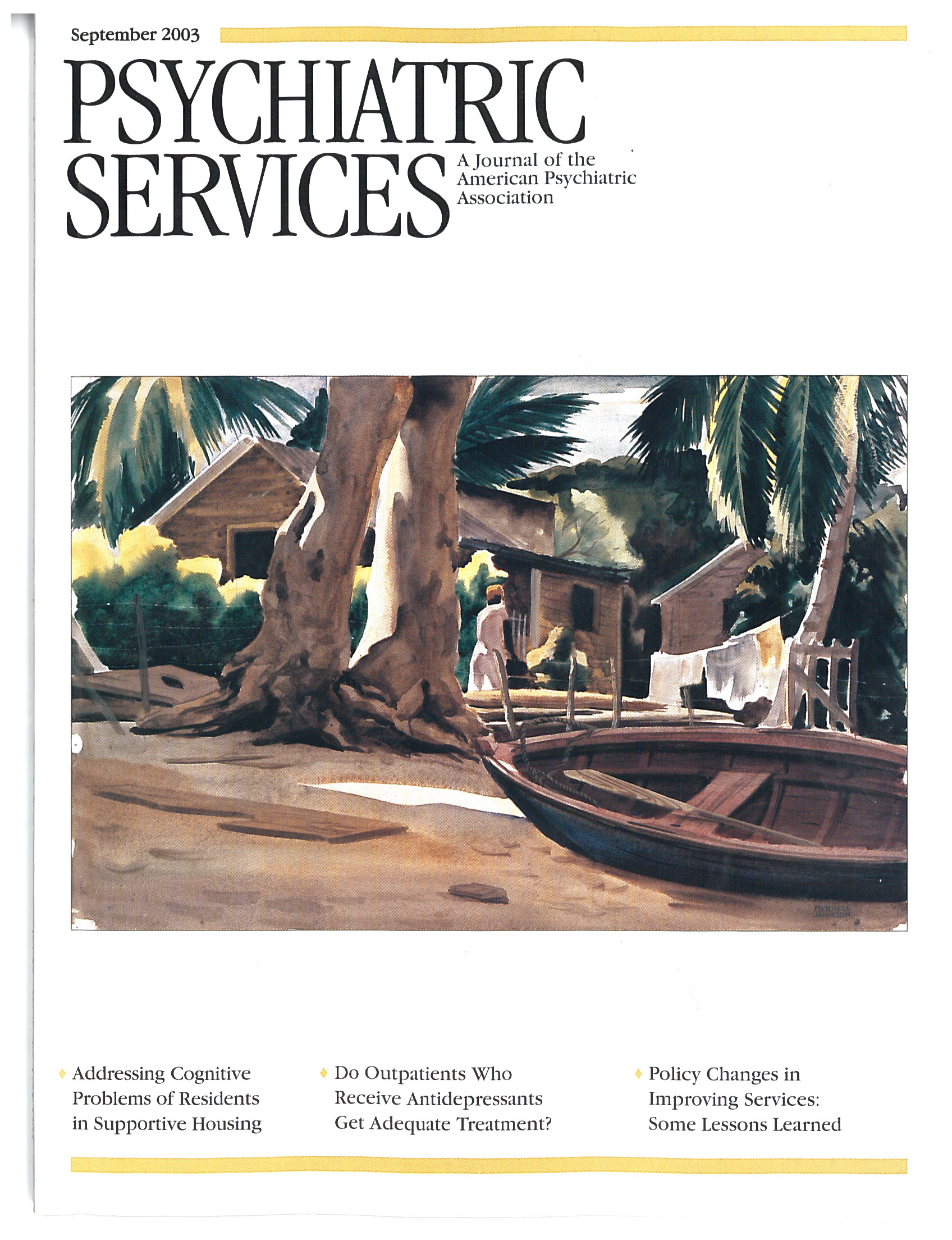P.R.N. (As-Needed) Orders and Exposure of Psychiatric Inpatients to Unnecessary Psychotropic Medications
Abstract
OBJECTIVE: The objective of this study was to evaluate whether the practice of writing standing p.r.n. (as-needed) orders exposes psychiatric inpatients to unnecessary psychotropic medications. METHODS: Medical records for 223 new hospital admissions between July 15 and October 15, 1999, when p.r.n. orders were allowed, and 224 new admissions between November 15, 1999, and February 15, 2000, when p.r.n. orders were not allowed and only "now" orders were permitted, were reviewed from the three acute adult psychiatric units of the Arkansas State Hospital in Little Rock. Data were collected on demographic and clinical characteristics, scheduled and unscheduled psychotropic medications as noted in the medication administration records, use of seclusion and restraint, and incident reports of physical aggression. The mean numbers of unscheduled psychotropic medication doses administered during the two periods were compared. RESULTS: The number of unscheduled psychotropic medications administered decreased from 1,812 in the first period to 976 in the second period (adjusted mean doses per admission, 7.8 to 4.3). The decrease in use of unscheduled medications when standing p.r.n. orders were no longer allowed was not associated with corresponding increases in adverse events: there were fewer incidents of restraint (four compared with eight), fewer incidents of seclusion (41 compared with 48), and fewer incidents of physical aggression (35 compared with 40). In addition, there were no significant changes in the dosages of scheduled psychotropic medications on day 7 of admission, indicating that physicians were not increasing dosages in response to the elimination of p.r.n. orders. CONCLUSIONS: The practice of writing p.r.n. orders may expose psychiatric inpatients to unnecessary psychotropic medications.



